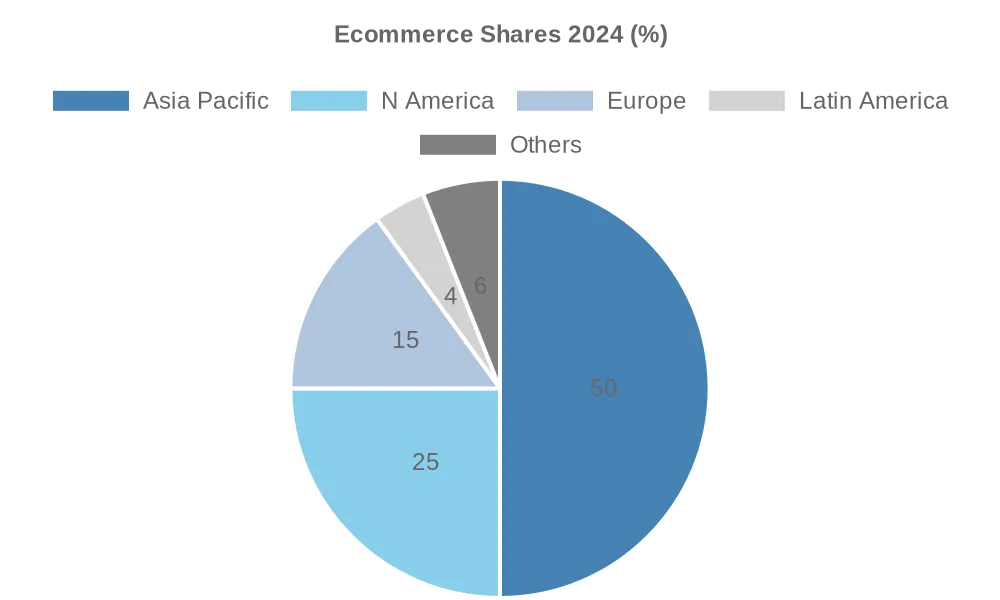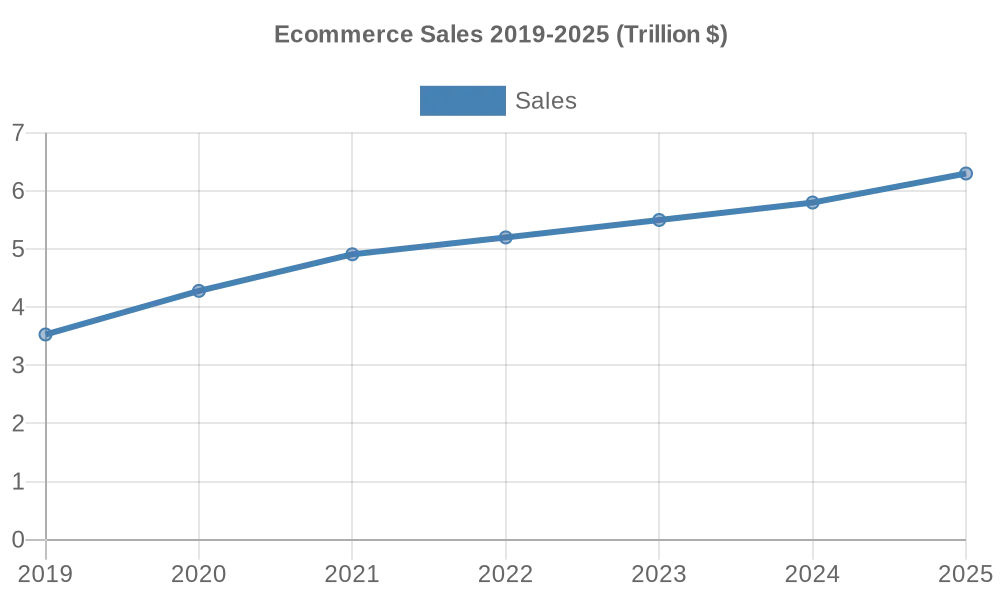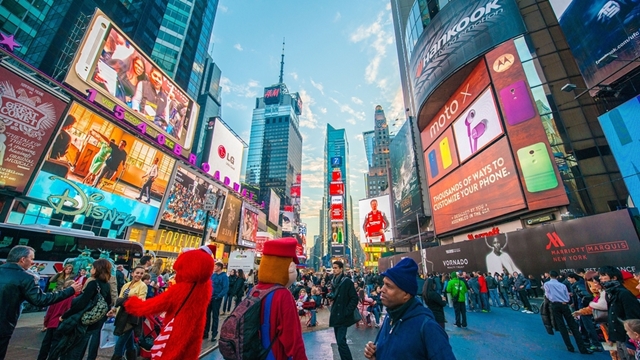
Context: Retail’s Global Reckoning in a Fragmented World
As of March 2025, the retail sector stands on a global precipice, where AI transformation, consumer fragmentation, and macroeconomic volatility converge to demand a strategic overhaul. Worldwide e-commerce sales hit $5.8 trillion in 2024, projected to reach $6.3 trillion in 2025—a 8.6% leap—spanning Asia-Pacific’s explosive growth, Europe’s steady climb, and Latin America’s emerging surge (Statista). This isn’t just a transaction boom; it’s a redefinition of retail’s DNA—omnichannel ecosystems, social commerce’s rise, and a consumer base spanning Mumbai to Munich that insists on hyper-personalization, sustainability, and frictionless experiences. For CEOs and boards steering global retail giants, the stakes are sky-high: Artificial Intelligence (AI) must evolve from a tactical lever to the bedrock of strategy development and business decisions. This article dissects the global currents from 2023 to early 2025, unearths strategic fault lines, and maps an AI-driven playbook to not just weather the storm but redefine retail’s future.
Macroeconomic and Commercial Landscape: A Planetary Perspective
The retail narrative from 2023 to early 2025 is a mosaic of regional dynamism and shared global pressures. E-commerce’s global ascent is undeniable—Asia-Pacific, led by China, accounted for 50% of 2024’s $5.8 trillion, with India’s market doubling to $120 billion since 2022 (eMarketer). Europe’s e-commerce grew 6% to $900 billion in 2024, fueled by Germany and the UK, while Latin America’s $200 billion market, paced by Brazil, surged 15% year-on-year (Statista). Physical stores endure globally—45% of Southeast Asian consumers prefer in-store shopping, echoing Europe’s 40% figure (GWI).
Social commerce is a planetary phenomenon—China’s WeChat and Douyin drove $400 billion in 2024 sales, while Instagram and TikTok captured 15% of Gen Z’s global purchase intent, up from 8% in 2021.
AI’s impact is vivid: Singles’ Day 2024 in China saw $150 billion in AI-powered sales, a 22% jump from 2023, while Europe’s Black Friday hit €50 billion, with AI boosting conversions 18% (Salesforce). Sustainability is a universal mandate—70% of global consumers, from São Paulo to Stockholm, demand eco-friendly options, up from 60% in 2022, with Africa’s ethical consumption rising 25% since 2023 (Exploding Topics).
Macroeconomic turbulence cuts across borders. Inflation eased to 4% globally in Q1 2025 from 6.2% in 2023, but regional disparities persist—India’s 5.5% rate pressures discretionary spending, while Europe’s 2.8% offers breathing room (IMF). Labor shortages plague retail—Japan’s vacancy rate hit 5% in 2024, up from 3.8%, while South Africa’s unemployment masks a skills gap (Deloitte).
Geopolitical risks loom: potential US TikTok bans threaten $20 billion in social commerce by 2026, while EU-China trade tensions spike logistics costs 12% (Business Insider). Generation Alpha, with 2.8 million born weekly worldwide, begins to nudge family spending, projected at $600 billion by 2030 (Stanton Chase).
Visuals anchor the story:


Strategic Implications: A Worldview of Challenges and Opportunities
For global retail leaders, these trends demand a nuanced, AI-centric response. Here’s the breakdown:
Key Insights & Trends:
Omnichannel isn’t optional—it’s the global standard, with 60% of Asia-Pacific shoppers blending online and offline, versus 55% in Europe (GWI). Social commerce’s $500 billion global projection by 2025 hinges on platforms like Douyin (China’s $200 billion in 2024) and Instagram (Europe’s €50 billion). Generation Alpha’s early influence—e.g., 20% of Indian family purchases in 2024 tied to kids under 10—requires AI strategy in retail to parse unstructured data (social chatter, intent signals) beyond traditional tools. AI-driven pricing, as Alibaba’s 10% margin boost in 2024 shows, is a global edge.
Key Risks:
Data privacy is a planetary minefield—EU GDPR fines hit €2.9 billion in 2024, while India’s DPDP Act levied $50 million in penalties (Deloitte). Cybersecurity escalates—70% of global retailers faced breaches in 2024, with Africa’s 30% surge tied to mobile payment hacks (Business Insider). Economic volatility varies—Latin America’s 6% inflation risks a 10% spending drop, while China’s 3% offers stability. Supply chain fragility—12% cost hikes from EU-China tensions—threatens margins worldwide.
Key Considerations
AI strategy in retail must be adaptive, not static—regional nuances (e.g., Japan’s cash preference, Brazil’s installment culture) demand localized models. Ethical AI is critical—50% of global consumers ditch brands with biased algorithms, per 2024 data (Exploding Topics). Workforce readiness lags—only 35% of global retail staff are AI-fluent, with Africa at 20% (SellersCommerce). Regulatory agility is a must—e.g., navigating TikTok bans or China’s data localization laws.
Key Opportunities:
Emerging markets shine—Africa’s e-commerce could hit $75 billion by 2027, Southeast Asia $300 billion (Stanton Chase). AI-driven sustainability—e.g., 15% emission cuts via optimized logistics—wins globally, from Germany’s carbon taxes to Kenya’s green demand. Subscription models, growing 25% in Latin America by 2026, tap value seekers. Voice commerce, up 30% in Asia-Pacific in 2024, eyes a $50 billion global prize by 2027.
Strategic Imperatives: The AI-Powered Global Playbook
Global retail leaders must ditch incrementalism for an AI-driven paradigm shift. A cornerstone of this strategy is utilizing AI for strategy development and business decisions, as detailed in NexStrat.AI’s guide. NexStrat.AI is the platform to develop your strategy in retail, empowering leaders to assess trends, refine options, mitigate risks, and execute with precision. Book a live demonstration today to experience firsthand how NexStrat.AI’s innovative solutions can revolutionize your strategic planning and operational execution.
Here’s the roadmap with sourced AI use cases:
Scale Hyper-Personalization Globally:
AI leverages on-demand data for tailored experiences—e.g., Alibaba in China uses AI to analyze customer behavior across millions of transactions, driving sales growth during events like Singles’ Day Forbes). In Europe, H&M employs AI to recommend fashion based on trends and local preferences, enhancing online engagement. In Brazil, Magazine Luiza applies AI to customize installment payment options, boosting e-commerce accessibility.
Forge Resilient Global Supply Chains:
AI enhances forecasting and logistics—e.g., Walmart in North America uses AI to predict demand across thousands of stores, optimizing inventory management (Retail Technology Innovation Hub). In India, Flipkart deploys AI to streamline monsoon-season logistics, ensuring timely deliveries.
Pioneer Sustainability as a Global Edge:
AI drives eco-friendly innovation—e.g., Coca-Cola in Europe uses AI to optimize recycling processes, reducing plastic waste (Coca-Cola). In Africa, Danone applies AI to monitor water usage in Senegal, enhancing resource efficiency. In Japan, Suntory leverages AI to lower packaging-related emissions, aligning with sustainability goals.
Build a Global Data Fortress:
AI strengthens security and compliance—e.g., Amazon in North America uses AI to detect fraudulent transactions across its vast ecosystem, enhancing trust. In the EU, ASOS employs AI to ensure GDPR compliance, minimizing regulatory risks. In China, L’Oréal applies AI to trace counterfeit products, protecting brand integrity.
Cultivate an AI-Fluent Global Workforce:
AI accelerates upskilling—e.g., Colgate-Palmolive in Latin America uses AI-driven training to enhance staff productivity across its operations (Colgate-Palmoliv). In Europe, Henkel deploys AI to upskill its workforce, streamlining onboarding processes.
Unlock New Global Revenue Streams:
Leveraging AI in retail strategy identifies growth opportunities—e.g., PepsiCo in Africa uses AI to predict beverage demand in Nigeria, expanding market reach. In Japan, Ajinomoto applies AI to develop premium snack offerings, targeting high-value segments. In Southeast Asia, Mondelez utilizes AI to enhance digital sales channels in Thailand, driving revenue growth.
Final Thoughts: Leading Retail’s Global Charge
In 2025, retail isn’t a regional game—it’s a global chessboard where AI is the queen. Leaders leveraging AI for retail strategy see 15-20% higher margins—a gap set to widen by 2030. The world is watching; the bold will win.
Call to Action
- Assess: Benchmark AI maturity across regions—where’s your weak link?
- Analyze: Understand 2025 scenarios—e.g., TikTok bans, EU tariffs—for global clarity and strategic direction.
- Mitigate: Use AI to stress-test risks in supply chains and cybersecurity .
- Execute: Deploy adaptive, region-tuned strategies with urgency.
Act now—the clock’s ticking. Get Started fast with NexStrat.AI.
About NexStrat AI:
NexStrat AI is at the forefront of AI and business strategy innovation. As the ultimate strategy and transformation AI co-pilot and platform, we help leaders and strategists craft winning strategies and make effective decisions with speed and confidence.
Contact Us:
Have questions or want to learn more? Contact us at [email protected]
Follow Us:
Join our community of forward-thinking business leaders on LinkedIn.


